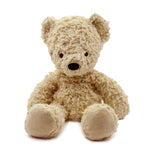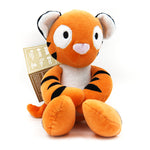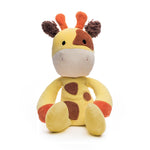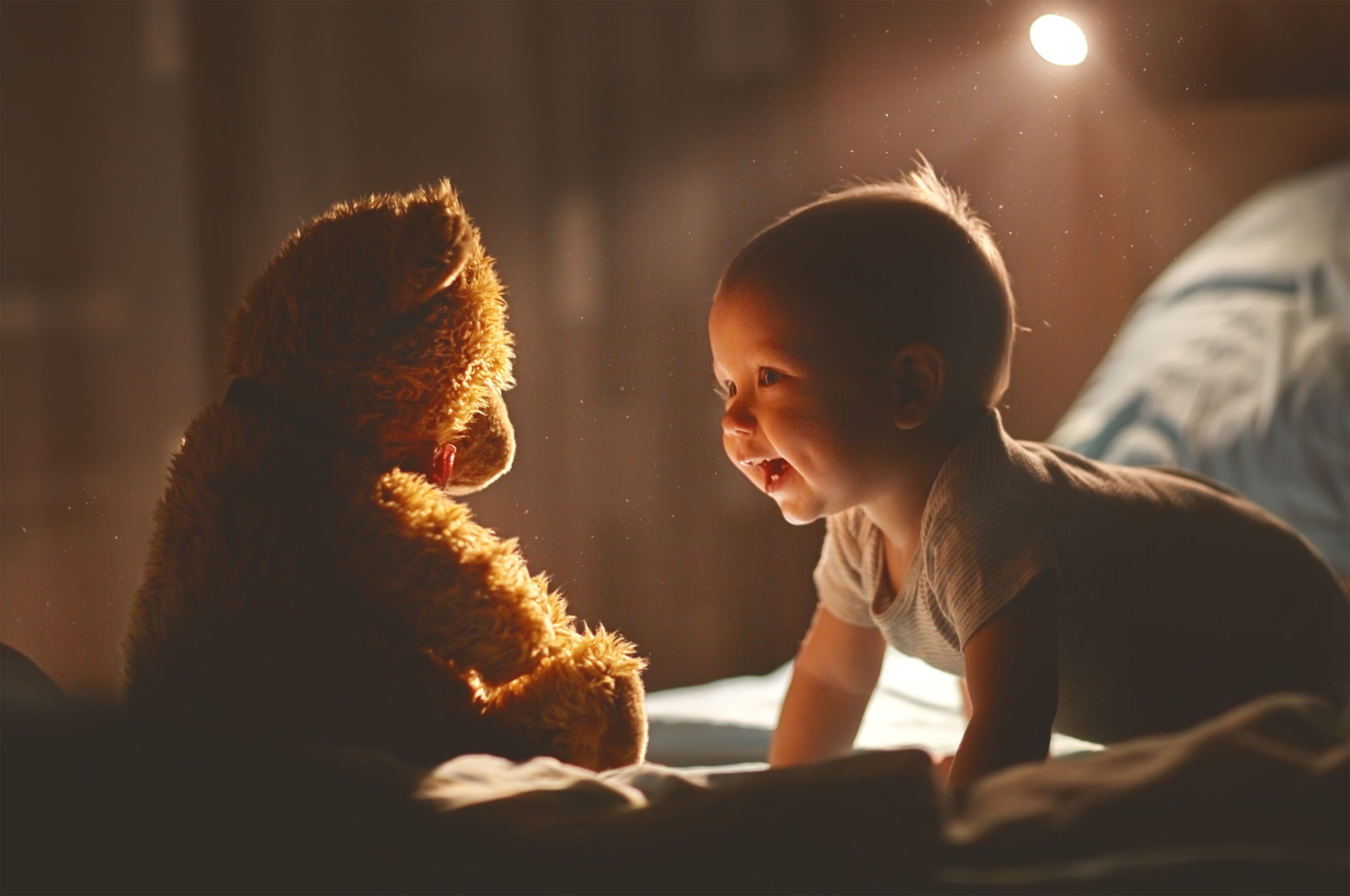There are many tools that can help a child on their path to becoming a healthy adult. One of your child’s most valuable tools might be their beloved teddy bear. Teddy bears, blankets, and other cuddly keepsakes are known as transitional objects and they play a big role in a child’s journey to independence. The amazing thing about these simple toys is that they offer new lessons for each stage of a child’s development, from baby to adulthood.
Transitional Objects as Lifelong Guides

As a child grows, so does their curiosity and understanding about the world around them. Transitional objects give a child opportunities to learn, grow, and problem solve while providing comfort and support through these lessons. One simple toy, such a teddy bear, can teach valuable lessons to a child throughout the different stages of their development.
Babies
Babies explore by using their hands and mouths to experience the world around them. A teddy bear or blanket provides a soft companion that a child can touch, hug, and cuddle while they are developing their motor skills. It’s totally normal for babies to bond with a transitional object from an early age. A teddy bear provides an external source of comfort and a sense of stability for the child in the same way their parents do. When a baby feels stressed and needs to be soothed, parents can provide the teddy bear as a comforting object. This is the first step in a child’s journey to self-soothing, and ultimately to emotional independence.
Babies begin to associate their special stuffed animal with the same sense of safety as Mom or Dad provide. Later on, when a child is a little older and begins to self-sooth, they can reach for the stuffed animal when their parents are not around. Eventually, the child will hopefully learn to find that same comfort within themself. This process takes years, but it can all begin with a simple teddy bear.
Toddlers
At the toddler stage, children are working on developing fine motor skills as well as basic vocabulary. A teddy bear provides a safe way for a child to practice fine tuning these skills since kids can carry their plush friend on all of their adventures. Kids can begin to connect words to actions and objects, using their stuffed animal as a guide. Teddy bears also give kids a way to practice the same life skills they experience from their caregivers. A child can brush their bear's teeth, practice getting it dressed, and put the bear to sleep at night, the same way their parent does for them. Practicing and reinforcing these skills will help a child eventually learn to do the same things for themself.
Since this is a time in which a child’s creativity and understanding of the world are quickly expanding, it’s important that kids have opportunities to integrate new pieces of information. Bears for Humanity creates teddy bears and stuffed animals with gentle, neutral expressions so children have the chance to project their own emotions, imagination, and creativity onto them.
Young Children
As kids move out of the toddler phase, their imagination expands and everything seems possible. Open-ended toys like teddy bears help to boost their creativity because they put the power of play in the child’s hands. Unlike electronic toys that simply require a child to press a button to elicit a response, simple toys can morph into anything the child desires or imagines. Maybe their teddy bear can fly, or it’s a famous singer or doctor. Open-ended toys let children choose how they play, and allow them to think and decide for themselves how imaginary situations can play out. Play time that gives the child free imaginative reign boosts their creativity and gives them the chance to practice problem solving.
Preteens
As kids get older, they are more frequently presented with situations that may require time away from parents or caregivers. Children go on their first sleepovers, trips to visit grandparents, or spend time at after-school programs. Their stuffed animals can travel with them and allow them to carry a little dose of support and love wherever they go.
Children begin to become more in touch with their emotions at this phase as well. Instead of throwing a tantrum and moving on with their day, children at this age can begin to question what it was that upset them, or what they need to feel better. A teddy bear provides a presence to retreat to and unpack messy emotions. As a child confesses to their stuffed animal what they are feeling, or tries to soothe the stuffed animal by telling it everything will be ok, they are really practicing soothing themself, by talking through tricky emotions.
Teens, Young Adults, and Adults
Our society unfortunately views stuffed animals as exclusively for children, however science tells us that plushies are beneficial for people of all ages. Hospitals are happy to accept plush donations because of the soothing effects for patients, especially children and teens that are forced to be away from home for long periods of time.Teens and adults that suffer from anxiety, low self esteem, PTSD, or other emotionally stressful states have seen improvements in their symptoms with the presence of the teddy bear or other soft, cuddly object. Although people may not admit it due to stigma, one study found that as many as 40% of adults sleep with a comfort object such as a teddy bear.
The Power of a Plushie
Many people may view teddy bears or stuffed animals as simple children’s toys, but they have the potential to offer so much more. Just one plush toy, blanket, or other cuddly item can provide vital lessons through childhood and comfort as an adult. A teddy bear can be one of your child’s first teachers, as well as a reliable friend that they can depend on and grow with. If you have older children, or you are an adult yourself, don’t forget that stuffed animals offer just as many benefits for teens and adults as well as children. Little by little we can end the stigma around plush animals, and appreciate them for what they are: soft and cuddly companions for life.




